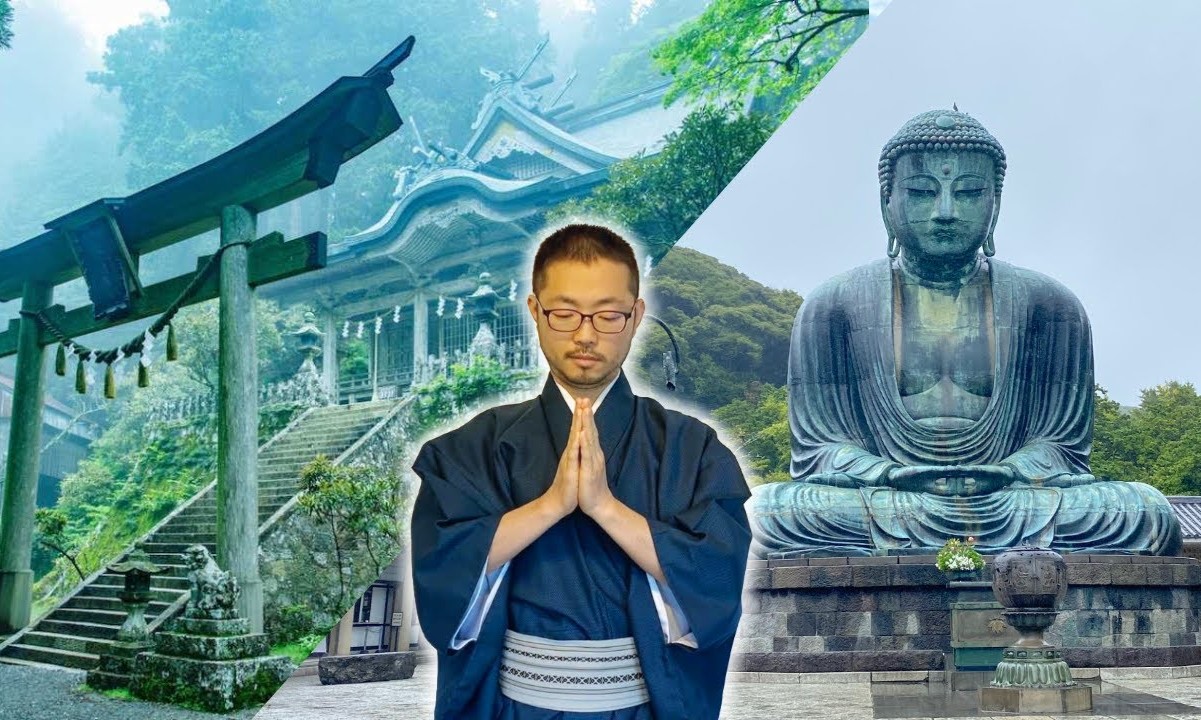10 Surprising Contrasts Between Shinto And Buddhism

Shinto and Buddhism are two major religions in Japan, but they have some surprising contrasts. Shinto focuses on rituals and traditions tied to nature and ancestors. Buddhism, on the other hand, centers around the teachings of Buddha and the path to enlightenment. While Shinto shrines are often found in natural settings, Buddhist temples usually have a more structured, serene environment. Shinto rituals celebrate life events like births and marriages, whereas Buddhist practices often deal with the afterlife and spiritual growth. Understanding these differences can give you a deeper appreciation of Japanese culture and its rich spiritual landscape.
Origins and Founders
Shinto and Buddhism have distinct beginnings and founders. Understanding these differences helps grasp their unique characteristics.
Shinto: Originated in Japan, Shinto has no specific founder. It evolved from ancient Japanese traditions and beliefs.
Buddhism: Founded by Siddhartha Gautama, known as the Buddha, in India around the 5th century BCE. It spread to Japan via China and Korea.
Core Beliefs
The fundamental beliefs of Shinto and Buddhism diverge significantly, shaping their practices and worldviews.
Shinto: Focuses on kami, spirits associated with natural elements and ancestors. It emphasizes harmony with nature and rituals to honor these spirits.
Buddhism: Centers on the Four Noble Truths and the Eightfold Path, aiming to end suffering and achieve enlightenment (nirvana).
Rituals and Practices
Both religions have unique rituals and practices that reflect their core beliefs and cultural significance.
Shinto: Involves purification rituals, offerings, and festivals (matsuri) to appease and honor kami. Shrines play a central role in these practices.
Buddhism: Practices include meditation, chanting sutras, and rituals like the tea ceremony. Temples serve as places for worship and community gatherings.
Sacred Texts
The sacred texts of Shinto and Buddhism provide guidance and structure to their followers.
Shinto: Lacks a single holy book. Instead, it relies on texts like the Kojiki and Nihon Shoki, which record myths, legends, and historical events.
Buddhism: Has a vast collection of scriptures, including the Tripitaka (Pali Canon), Mahayana Sutras, and Tibetan Book of the Dead, offering teachings and philosophies.
Views on Afterlife
Shinto and Buddhism offer different perspectives on what happens after death, influencing their followers' attitudes towards life and death.
Shinto: Believes in an afterlife where spirits join the realm of kami. Ancestors are revered and remembered through rituals and festivals.
Buddhism: Teaches reincarnation and karma. The cycle of birth, death, and rebirth continues until one achieves enlightenment and escapes samsara (the cycle of suffering).
Understanding Shinto and Buddhism
Shinto and Buddhism offer unique perspectives on spirituality and life. Shinto focuses on nature, ancestors, and rituals, while Buddhism emphasizes enlightenment, meditation, and karma. Shinto shrines are often simple, blending with nature, whereas Buddhist temples are more elaborate, reflecting their teachings. Shinto has no founder or sacred texts, relying on oral traditions. Buddhism, founded by Siddhartha Gautama, has extensive scriptures. Shinto rituals celebrate life events and seasons. Buddhist practices aim for inner peace and wisdom.
Both religions coexist in Japan, influencing each other yet maintaining distinct identities. Understanding these contrasts enriches appreciation for Japanese culture and spirituality. Whether visiting a Shinto shrine or a Buddhist temple, recognizing their differences enhances the experience. Embrace the diversity and depth these traditions offer, and you'll gain a deeper insight into their spiritual landscapes.

